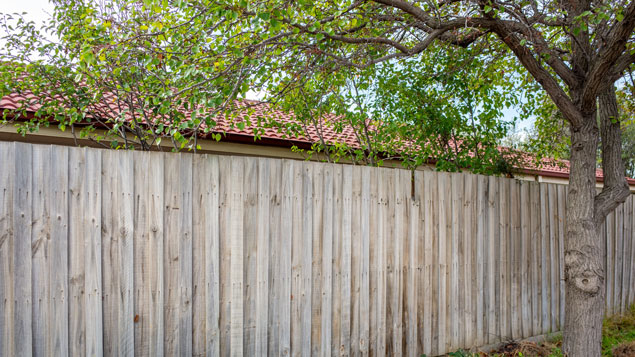Disputes over trees that overhang property lines are common. Whether it’s a branch dropping debris or a tree threatening structural damage to your property, understanding your rights and responsibilities is key to resolving these issues peacefully and legally.
OWNERSHIP AND THE RIGHT TO TRIM
Mississippi law generally holds that the owner of the land where a tree’s trunk is located owns the tree, even if its branches or roots extend onto a neighbor’s property. If a tree trunk straddles the property line, it’s considered jointly owned, requiring mutual consent for removal. Homeowners have the right to trim branches or roots that encroach onto their property, but only up to the property line. Over-trimming or damaging the tree could result in liability.
LIABILITY FOR DAMAGE
If a tree is healthy and falls due to a natural event, the owner typically is not liable under the “Act-of-God” doctrine. However, if the tree was dead, diseased or posed a known risk, and the owner failed to act, he or she may be held responsible for any resulting damage.
Common claims include property damage, root encroachment, nuisance (like excessive leaf drop) and personal injury. Documenting the tree’s condition and any prior warnings or communications with the neighbor is crucial.
If the tree causes damage, your homeowner’s insurance may cover repairs. If the neighbor was negligent (e.g., ignored warnings about a damaged tree), your insurer might seek reimbursement from their insurance through subrogation.
RESOLVING DISPUTES
BEFORE TAKING LEGAL ACTION, HOMEOWNERS SHOULD:
- Document the damage and tree condition.
- Communicate with the neighbor, preferably in writing.
- Consult a certified arborist for expert evaluation.
- Review local ordinances and insurance policies.
If informal resolution fails, options include mediation, small claims court (for damages under $3,500) or a lawsuit in circuit court for more serious claims.
Tree disputes can strain neighborly relations, but knowing your rights under Mississippi law helps you protect your property while avoiding unnecessary conflict. Regularly inspect your own trees, maintain open communication with neighbors and review your insurance coverage to avoid future disputes.
Consult with a knowledgeable insurance agent to understand your options for the best available protection. Carefully review your policy’s terms and conditions.



